Intubation Scope: Essential Guide for Medical Pros
Dec 23, 2023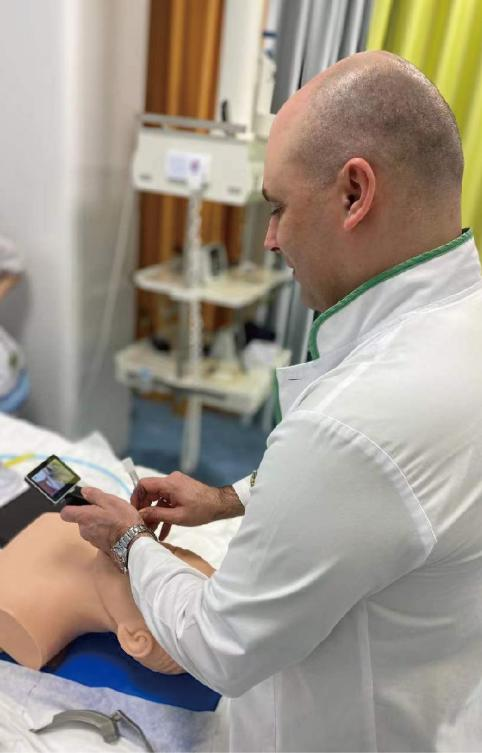
When it comes to medical procedures that involve the respiratory system, having clear visuals and accurate placement of the endotracheal tube is crucial for patient safety and positive outcomes. This is where the intubation scope comes in – a vital tool that provides enhanced visualization and precision during intubation procedures.
In this comprehensive guide, we’ll explore the different types of intubation scopes available, their key features, and how to choose the best one for medical professionals. We’ll also discuss the benefits of using an intubation scope, advanced technology in the field, and affordable options that don’t compromise on quality.
Key Takeaways
- An intubation scope is a crucial tool for accurate placement of endotracheal tubes during medical procedures related to the respiratory system.
- There are various types of intubation scopes available in the market with their unique features and applications
- When selecting an intubation scope, it’s essential to consider factors like size, flexibility, image quality, and compatibility with other medical equipment.
- Using an intubation scope enhances visualization, improves accuracy, and reduces complications during medical procedures, leading to better patient outcomes.
- The latest advancements in intubation scope technology are revolutionizing the field and improving the overall effectiveness and safety of intubation procedures
Understanding Intubation Scopes
Intubation scopes are essential tools used in various medical procedures to help physicians visualize the airways and perform intubation safely and accurately. These scopes come in different types, each designed for specific uses.
Types of Intubation Scopes
The most common types of intubation scopes are flexible and rigid scopes. Flexible scopes are used for procedures where bending and angling of the scope are needed, such as upper airway intubation. Rigid scopes, on the other hand, are used for procedures where a straight and direct view of the target area is necessary, such as tracheal intubation.
Another type of intubation scope is the video laryngoscope, which is equipped with a camera and a monitor to provide enhanced visualization of the airway. This type of scope is useful in situations where intubation is challenging due to anatomical abnormalities or limited access to the airway.
Applications of Intubation Scopes
Intubation scopes are used in a variety of medical procedures that involve the insertion of a tube into the airway to facilitate breathing. These procedures include endotracheal intubation, bronchoscopy, and laryngoscopy, among others.
Endotracheal intubation involves the insertion of a tube through the nose or mouth and into the trachea to maintain an open airway during mechanical ventilation. Bronchoscopy is a procedure that uses an intubation scope to visualize and diagnose conditions in the lungs and airways. Laryngoscopy is a procedure used to visualize the larynx and vocal cords to aid in the diagnosis and treatment of various throat and airway conditions.
Overall, intubation scopes are essential tools for medical professionals, and understanding their different types and applications is crucial to ensuring safe and effective procedures.
Features to Look for in an Intubation Scope
Choosing the best intubation scope for medical procedures requires considering several key features to ensure optimal performance. Firstly, it is essential to prioritize image quality as this is critical for accurate visualization during intubation procedures. Look for scopes with high-resolution screens and high-quality optics that provide clear, detailed images.
Another critical feature to consider is flexibility. Intubation scopes that offer greater flexibility and bendability allow medical professionals to maneuver easily through the airways, reducing the risk of trauma and complications. Scopes with a wider range of motion offer greater versatility and allow for easier navigation during procedures.
Besides, consider the ergonomic design of the scope. Ensure that it fits comfortably in your hand and that the controls are easy to reach and operate. The weight of the scope should also be a consideration, especially during prolonged procedures.
Finally, seek scopes with a user-friendly interface, intuitive navigation system, and compatibility with other medical equipment. Such features make it easier to operate and ensure seamless integration with other tools and technologies.
By prioritizing these features, medical professionals can select the best intubation scope for their specific needs, providing greater accuracy, precision, and ultimately improving patient outcomes.
Selecting the Right Intubation Scope for Medical Professionals
Choosing the right intubation scope is crucial for medical professionals to perform accurate procedures. With various options available in the market, it’s essential to keep the following factors in mind when making a decision:
Size
Consider the size of the intubation scope based on the procedure it’s required for. Larger scopes may be necessary for adult patients, while smaller ones may be needed for infants and children.
Flexibility
The flexibility of the scope’s insertion tube is essential for navigating through the airways and reaching the desired location. A more flexible tube can provide better maneuverability, especially in challenging cases.
Image Quality
The image quality of the scope is crucial for accurate visualization during the procedure. Consider factors such as resolution, brightness, and color accuracy to ensure clear, detailed images.
Compatibility
Ensure that the intubation scope is compatible with other medical equipment, such as videolaryngoscopes and monitors, that will be used during the procedure.
By considering these factors, medical professionals can make an informed decision and choose the best intubation scope for their needs.
Benefits of Using an Intubation Scope
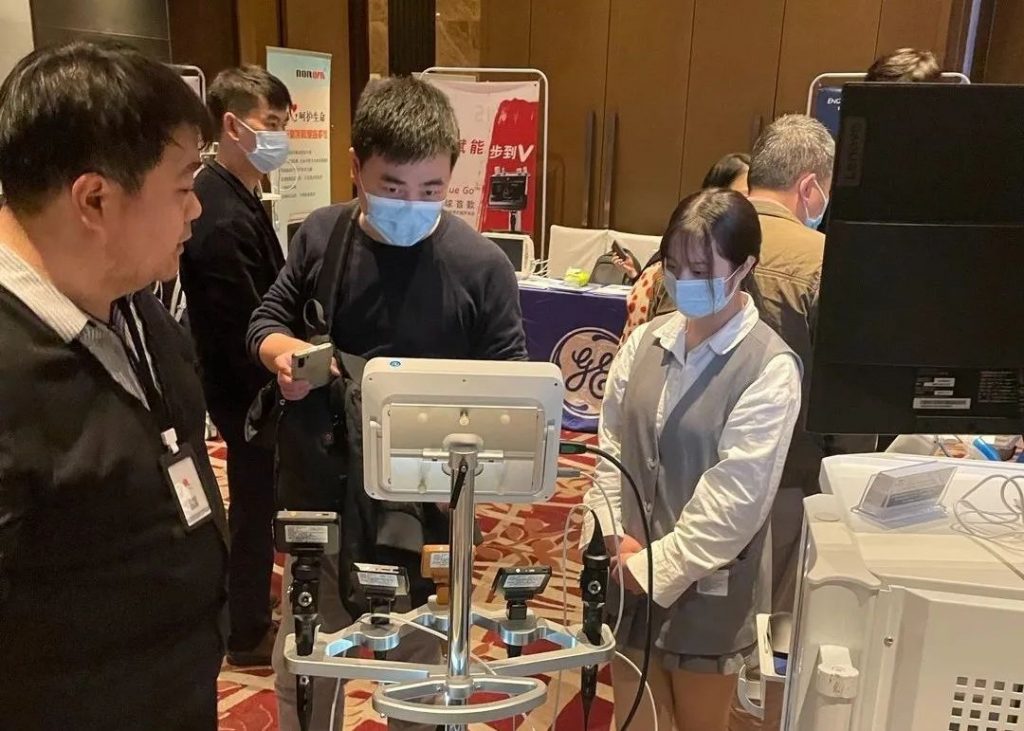
Intubation scopes offer numerous benefits in medical procedures. By providing clear visualization, these scopes enable medical professionals to achieve greater accuracy during intubation. They also reduce the risk of complications, especially in challenging procedures. Additionally, intubation scopes contribute to better patient outcomes by facilitating smoother and safer intubation procedures.
With the advanced technology employed in modern intubation scopes, medical professionals can achieve improved visualization of the airway and surrounding structures in real-time. This enables them to make better-informed decisions during intubation procedures, resulting in improved accuracy and reduced risk of complications.
In addition to these benefits, intubation scopes also enable medical professionals to perform intubation procedures that would otherwise be impossible or highly challenging. For instance, they allow for intubation of patients with cervical spine injuries, improving airway management in such cases.
Ultimately, the benefits of using an intubation scope cannot be overstated. By providing superior visualization, improving accuracy, and reducing complications during intubation procedures, intubation scopes contribute to better patient outcomes in countless medical scenarios.
Exploring Advanced Intubation Scope Technology
With the constant innovation and advancements in medical technology, intubation scope technology has also come a long way in recent years. The latest advanced intubation scopes now feature numerous innovative features and cutting-edge technologies that are revolutionizing the field and leading to improvements in the overall safety and effectiveness of intubation procedures.
One of the most significant advancements is the incorporation of high-definition image sensors that deliver sharp, clear images with exceptional detail and accuracy. These sensors ensure that medical professionals can visualize and navigate patient airways more precisely, leading to better patient outcomes and reducing risks during intubation procedures.
Another significant development is the integration of wireless connectivity, enabling medical professionals to transmit and share images and data with other healthcare professionals and devices. This feature can result in better communication and collaboration during procedures, leading to more accurate diagnoses and treatment.
Additionally, advanced intubation scope technology now features improved ergonomics, offering more comfortable grips that reduce hand fatigue and allow for longer, more complex procedures. This is particularly crucial for medical professionals who depend on intubation scopes for extended periods, making them feel more comfortable and confident while performing their duties.
In conclusion, the latest advancements in intubation scope technology are making a significant contribution to the field of medical procedures. Advanced functionalities provide increased precision, safety, and efficiency, reducing the likelihood of complications and enhancing patient outcomes. Medical professionals who incorporate these cutting-edge intubation scopes into their practice can streamline their workflows and deliver better care to their patients.
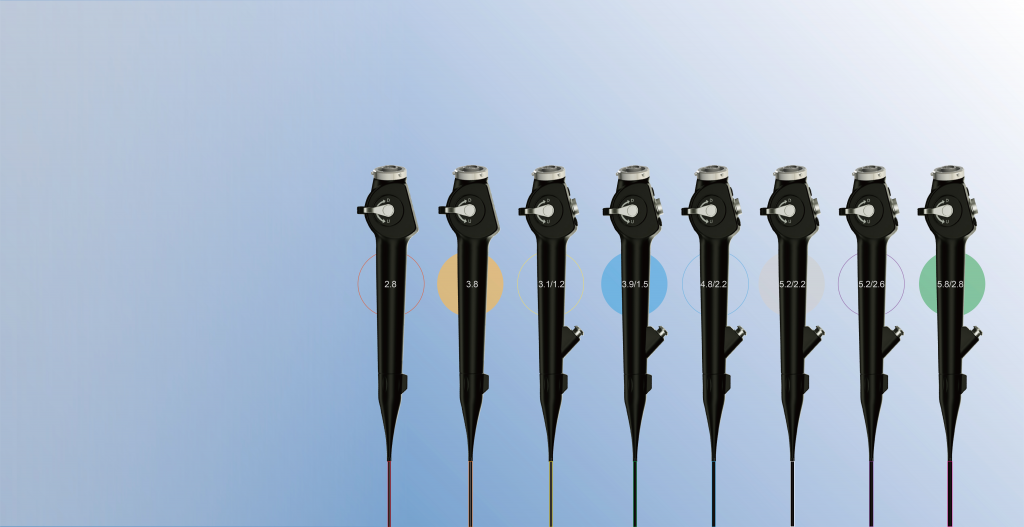
Tips for Proper Use and Maintenance of Intubation Scopes
Intubation scopes are valuable medical tools that require proper handling and maintenance to ensure their safety and effectiveness. Here are some practical tips and guidelines for keeping your intubation scopes in top condition:
Cleaning and Disinfection
After each use, it’s essential to clean and disinfect the scope to prevent the spread of infection. Start by wiping down the exterior with a clean, damp cloth. Then, use a specialized cleaning solution to flush the interior of the scope, making sure to follow the manufacturer’s instructions. Finish by rinsing the scope thoroughly with sterile water and using a disinfectant solution as prescribed.
Storage
Proper storage is crucial to prevent damage to the scope and preserve its lifespan. Always store the scope in a cool, dry place, protected from direct sunlight and extreme temperatures. Use a specialized storage container to prevent dust and debris from accumulating on the scope.
Troubleshooting Common Issues
If you encounter any issues with your intubation scope, such as difficulty with visualization, it’s crucial to address them promptly. Check the scope for damage or wear and tear, and consult the manufacturer’s instructions for troubleshooting tips. If the problem persists, contact the manufacturer or a qualified repair technician for further assistance.
By following these tips for proper use and maintenance of intubation scopes, medical professionals can ensure their safety and effectiveness, enhancing patient outcomes and reducing the risk of complications.
Conclusion
Choosing the right intubation scope is essential for medical professionals to perform accurate and safe procedures. By understanding the various types of intubation scopes available and the features they offer, healthcare providers can select a scope that best suits their needs.
Using an intubation scope has numerous benefits such as improved visualization, accuracy, and better patient outcomes. It is important to invest in a scope that meets professional requirements without overspending.
Medical professionals should also prioritize proper maintenance of their intubation scopes to ensure longevity and effectiveness. Regular cleaning, storage, and troubleshooting can ensure that the scope is always ready for use.
We hope this article has provided valuable insights into the world of intubation scopes and helps you make informed decisions based on your specific needs.
Categories
Latest Articles
Clinical comparison of foreign body removal procedures using rigid bronchoscopy, fiberoptic bronchoscopy, and flexible electronic bronchoscopy
Bronchial foreign bodies are a common emergency in pediatrics. Clinically, bronchoscopy techniques are typically used to remove the foreign bodies. Currently, the three main bronchoscopy techniques each have their own characteristics, and among them, the flexible bronchoscopy shows unique clinical value in pediatric patients. This article conducts a clinical application analysis of all three bronchoscopy ... Read more
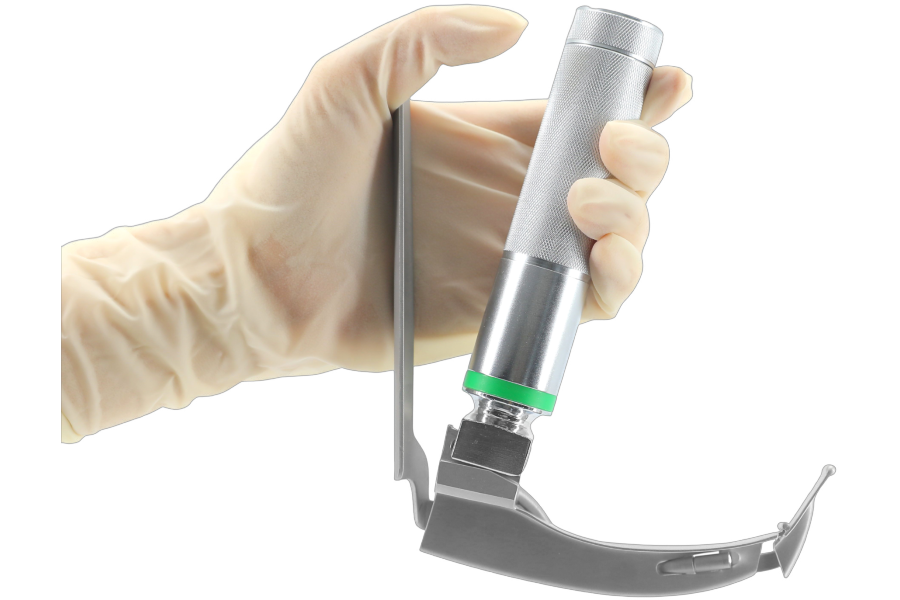
How Fibre Optic Laryngoscopes Improve ENT Procedures
In modern ENT procedures, precision and visibility are key. That’s where the laryngoscope fibre optic technology comes in. Unlike traditional tools, these advanced devices use fibre optics to provide a clear, well-lit view of the throat and vocal cords. This means doctors can see more and do more—with less risk to the patient. But how ... Read more
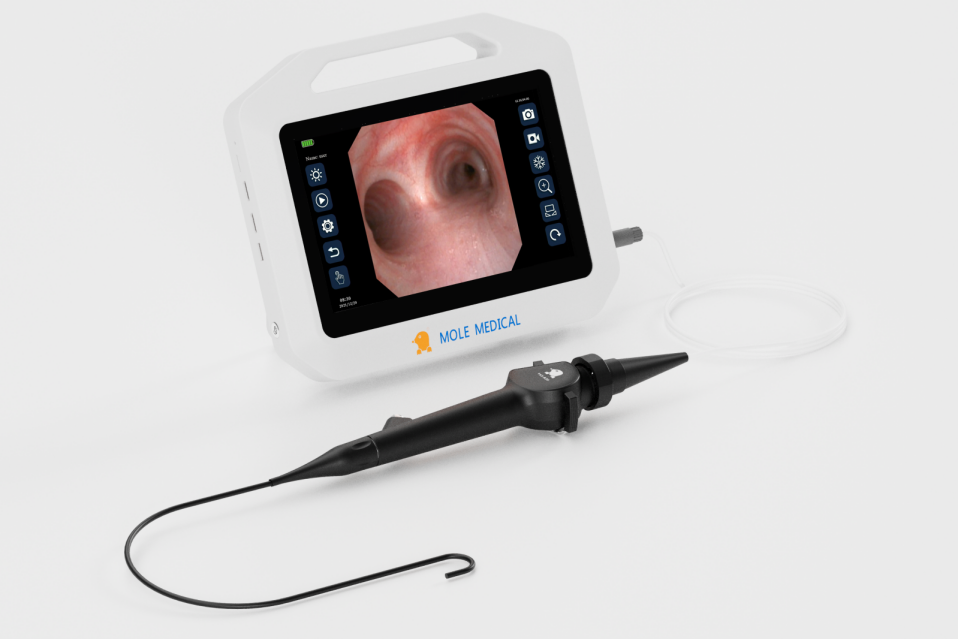
Flexible Laryngoscopy: A Clearer Voice for Quicker Diagnoses
Flexible Laryngoscopy is a powerful tool that helps ENT specialists do just that. It uses a thin, flexible scope to view the throat, vocal cords, and airway in real-time. The procedure is quick, non-surgical, and performed right in the clinic. For patients with voice changes, chronic cough, or throat discomfort, this method offers fast answers ... Read more
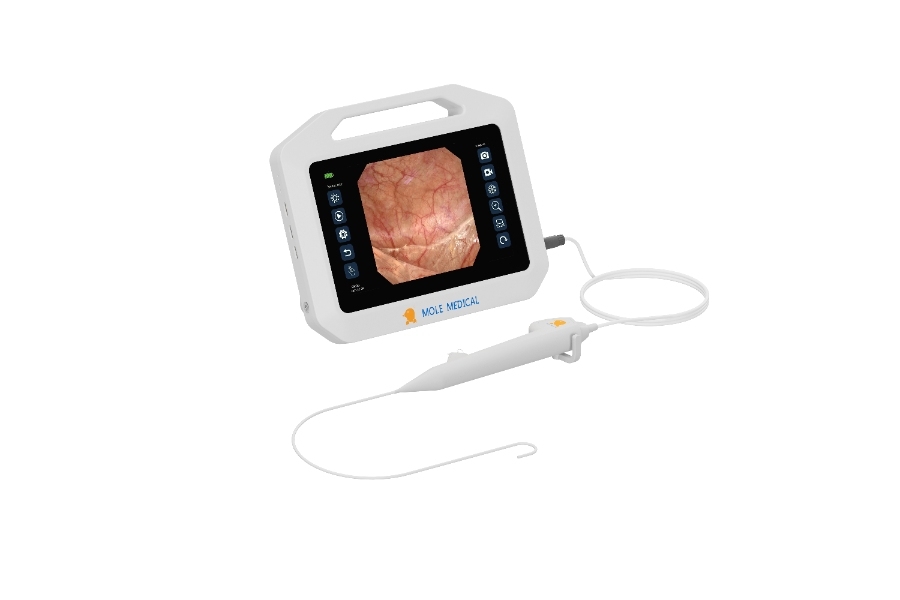
Smart Solutions in Ureteroscopy: Mole Medical’s Disposable Flexible Scope vs Karl Storz Legacy
In the field of urology, the name “ureteroscope Karl Storz” has long stood for precision and reliability. As a global leader, Karl Storz has set the standard for reusable ureteroscopes. But now, a new contender is entering the spotlight. Jiangsu Mole Medical, a national high-tech enterprise, is challenging the status quo. With a focus on ... Read more
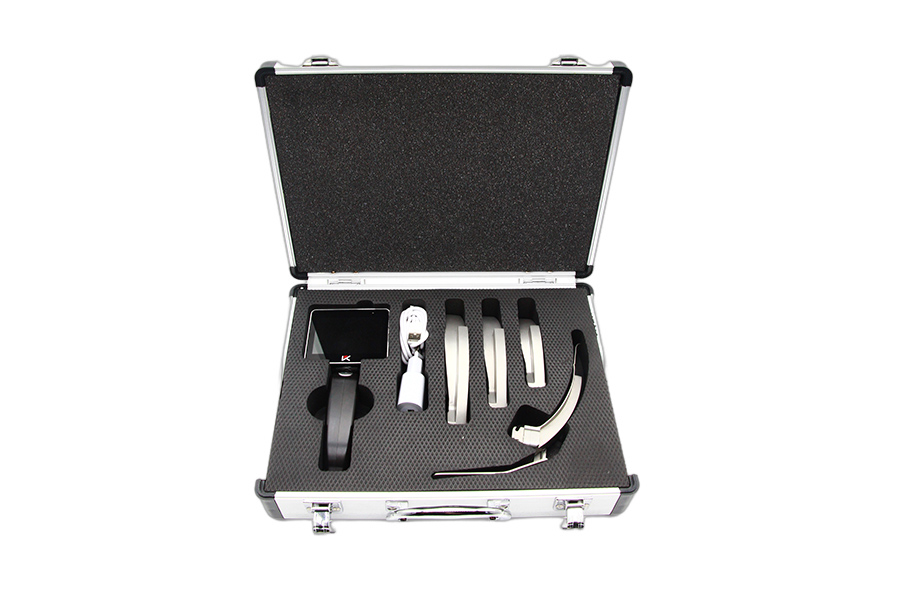
From ER to ICU: Why the Video Laryngoscope Is Becoming a Medical Must-Have
In recent years, the video laryngoscope has quietly transformed how doctors manage airways. From emergency rooms to intensive care units, this tool is now seen as essential. It offers a clearer view, faster response time, and higher success rates during intubation. Many medical teams no longer rely on traditional methods alone. Instead, they turn to ... Read more



